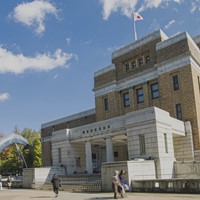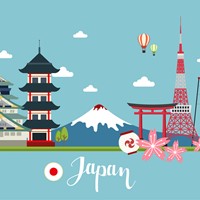Experience Old Towns Tokyo: Shitamachi & Japanese Nostalgia
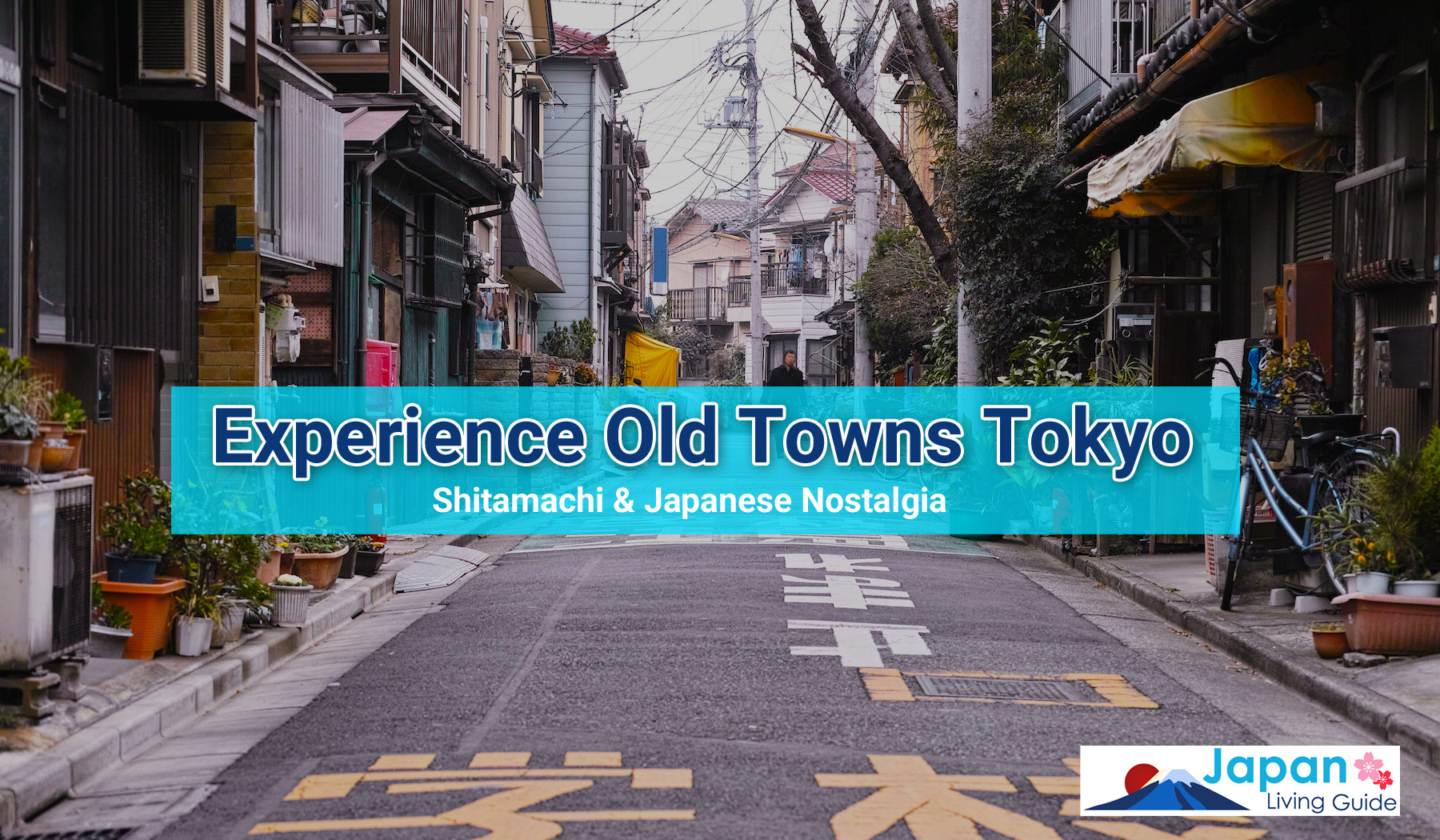
When people think of Japan, especially Tokyo, they usually picture modern and futuristic buildings and some historical temples and shrines. However, there is another type of area that is becoming more and more popular. We call these shitamachi, streets or neighborhoods that have maintained a 20th-century atmosphere despite Japan's post-war reconstruction and modernization.
These areas allow visitors to connect with aspects of Japan's history and culture that have largely disappeared. Furthermore, the retro vibe of shitamachi regions is a distinct aesthetic recently gaining popularity.
What is Shitamachi?
Shitamachi (下町) means 'lower city' and was historically where the 'common people' lived. These areas often centered around rivers or merchant hubs and had a strong sense of community. This focus on various 'hubs' meant that the shitamachi areas of Tokyo were scattered throughout the city rather than centering in one spot. Although people often refer to these areas as traditional downtown (old towns), they are dispersed throughout the city rather than in a single central location. They became even more scattered after World War II. The destruction of cities in Japan meant many areas had to rebuild quickly post-war.
This rebuilding, and the following modernization, lead to the loss of historical buildings, businesses, and entire neighborhoods. The traditional shitamachi areas possess a nostalgic ambiance that is highly valued but, unfortunately, is fading away in Japan. During the early years of the Showa era, Japan experienced a period of hope and prosperity marked by the blending of traditional and modern cultures. Unfortunately, history has largely forgotten this period. However, the Shitamachi areas offer a glimpse into this unique atmosphere and the rich history of the time.
Showa Retro: Experience Shitamachi
Retro Japan covering the 20th Century has grown in popularity in recent years, and shitamachi areas can be a great way to experience this. While the 60s-90s half of the Showa era is more popular, the earlier half of the Showa era can be a unique glimpse into the history and Japanese culture of the time. Many shitamachi areas maintain this nostalgic atmosphere with historic buildings, architecture, and businesses.
Many of the businesses in these areas are family-owned and have been for decades or centuries. Some areas also include many street food stalls, a feature rare in most modern areas of Japan. Yanaka Ginza Shopping Street is well-known for its delicious street food and traditional shops. Another unique area is Kanda Used Book Street, which specializes in used books with various bookshops. Areas like this are great for experiencing the retro Showa atmosphere.
Recommended Shitamachi Locations
Due to the scattered nature of Tokyo's shitamachi areas, many locations maintain the shitamachi ambiance. Some of the best spots include:
Yanaka Ginza
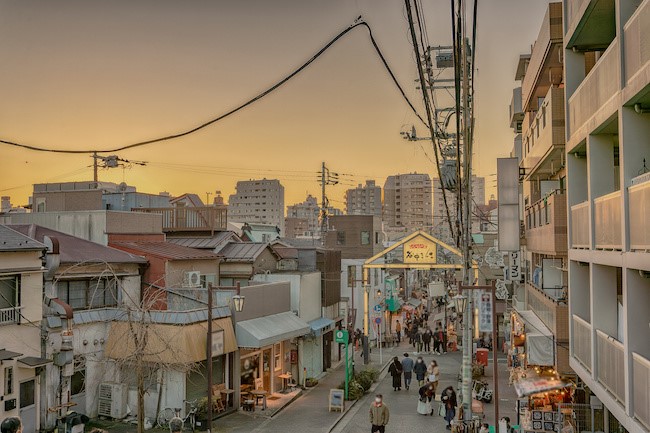
Yanaka Ginza Shopping Street is one of the most convenient shitamachi areas for visitors to Tokyo. Located within a 5-minute walk of Ueno Park, Yanaka Ginza Shopping Street is a 200 m-long shopping street filled with traditional shops, businesses, and street food stalls. This area has a strong sense of community and local culture. After exploring the shopping street, one can visit Yanaka Ginza Cemetery, which may initially appear gloomy but features a stunning cherry blossom pathway amidst architecturally significant structures.
Shibamata
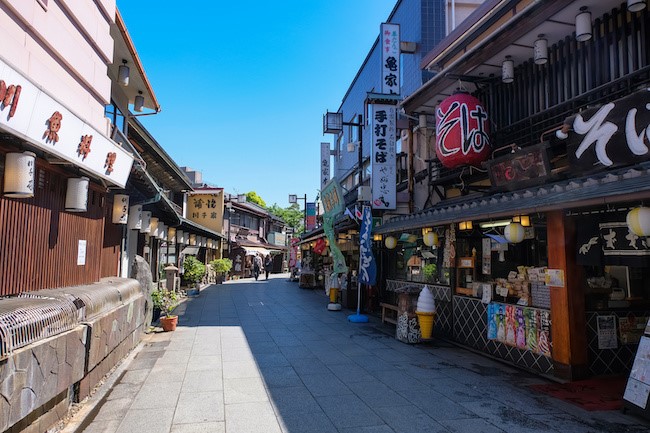
Shibamata is an excellent location for visiting a shitamachi area outside the city's center. Located around 65 minutes from Shinjuku by train, Shibamata is a quiet and peaceful area. It was featured in a well-known Japanese movie, 'Otoko wa Tsurai Yo' (translated as 'It's Tough Being a Man'), set during the Showa era. The film has made Shibamata an iconic location representative of this era.
Asakusa's Kappabashi (Kitchen Street)
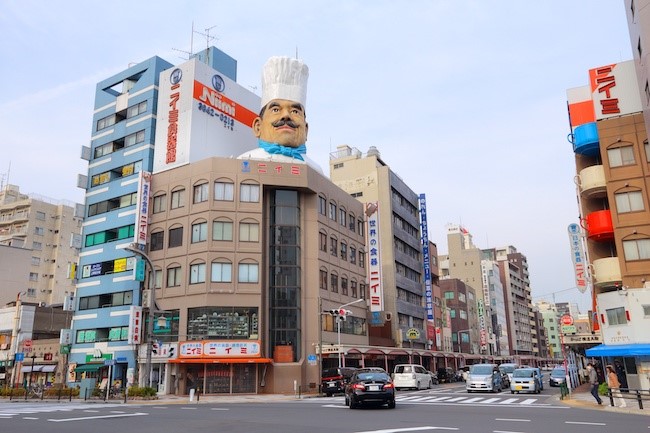
Kappabashi, or Kitchen Street, can be found in Asakusa, just a short walk from the famous Senso-ji temple. Kitchen Street lives up to its name, packed with shops offering food and hospitality-related products. Most of these stores have been family-owned and passed down through generations. They specialize in Japanese craftsmanship, offering high-quality products such as knives, chopsticks, and kitchenware.
Ueno's Ameyoko
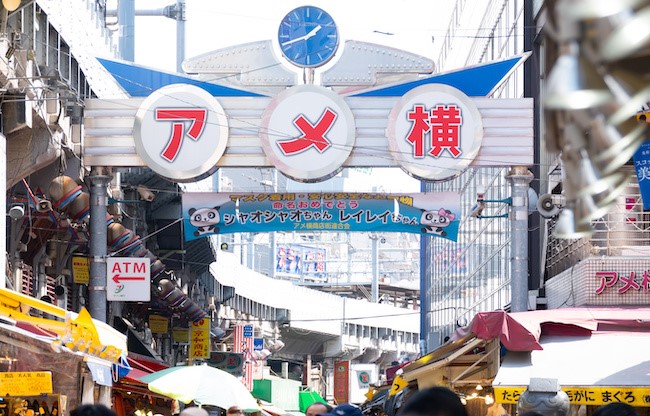
Ameyoko is one of the most popular shitamachi areas due to its convenient location. You can find it running along the train tracks of the Yamanote line between Ueno and Okachimachi stations. Ameyoko is a crowded, busy market street that brings to mind the merchant hubs of early 20th-century Japan. While there is debate over whether the 'name' refers to the candy once sold in the area or the abundance of American goods sold post-war, the shopping street now has a wide variety of items for sale, including unique foods, cosmetics, fish, candy, and more.
Other Notable Shitamachi Areas
Some other popular shitamachi areas include the Tsukiji Outer Market, the vicinity surrounding the Tsukiji fish market filled with traditional restaurants and hospitality businesses, many family-owned and generations-old. Another is Sunamachi Ginza Shopping Street, a long shopping street near Ginza with a wide range of street food stalls and unique shops selling modern and traditional goods.
Museums of Shitamachi: Tokyo’s Old Town Areas
As well as the traditional shitamachi areas of Tokyo, a number of museums aim to preserve the history and culture of this time. Some of these museums include:
Edo Tokyo Museum
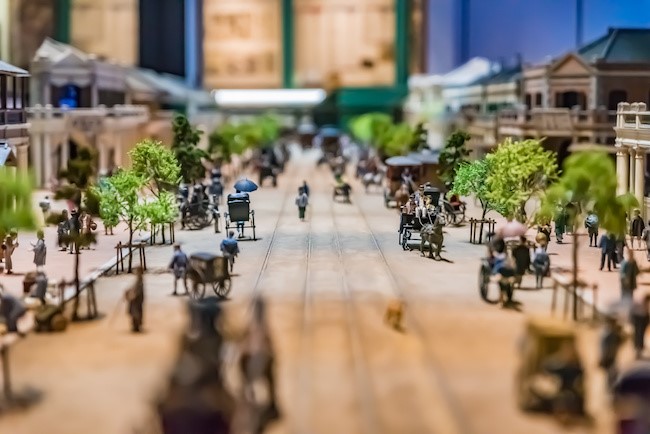
The Edo Tokyo Museum is located in Ryogoku, the traditional sumo area of Tokyo. While the outside looks very modern and futuristic, the inside has a wide variety of items, rooms, and sets from Japan's Showa era and Edo period. This museum is closed for construction until 2025.
Sumida Edo Kiriko Museum
The Edo Kiriko Museum showcases the traditional craft of Edo Kiriko. This unique style involves engraving beautiful designs onto glass. The museum offers visitors a chance to witness the process of creating Edo Kiriko, browse through shops selling Edo Kiriko items, and even participate in a workshop to create their own bespoke pieces. It is located in Tokyo's Sumida ward and is open Mondays to Saturdays from 10:00 – 18:00. Admission is free but individual experiences, such as making your own Edo kiriko, have additional fees.
Sumida Hokusai Museum
The Sumida Hokusai Museum is also in the Sumida ward. It is focused on the life and works of one of Japan's most famous ukiyo-e woodblock artists. Hokusai, most well-known for his famous work "Under the Wave Off Kanagawa," has been popularized in Japan and internationally. This museum features some of his most famous works.
Ueno Shitamachi Museum
The Ueno Shitamachi Museum is conveniently located in Ueno. It has a great variety of recreated Showa-era shitamachi landscapes and houses. It features a range of items and sets representative of the era.
This museum is closed for construction from April 2023 – Spring 2025.
A Unique Glimpse into Japan's Past
The Shitamachi areas in Tokyo offer an opportunity to discover Japan's historical and cultural aspects that people often overlook. From the traditional architecture and community-focused shopping streets to the family-owned businesses, there's a unique sense of nostalgia that blends old and new, reminiscent of Japan in the 20th Century. To experience this remarkable aspect of Japan, one can explore the Shitamachi areas or delve deeper into history by visiting one of the museums mentioned.
If you enjoy learning about Japan’s cultural treasure troves, look at our other content about traveling in Japan!

